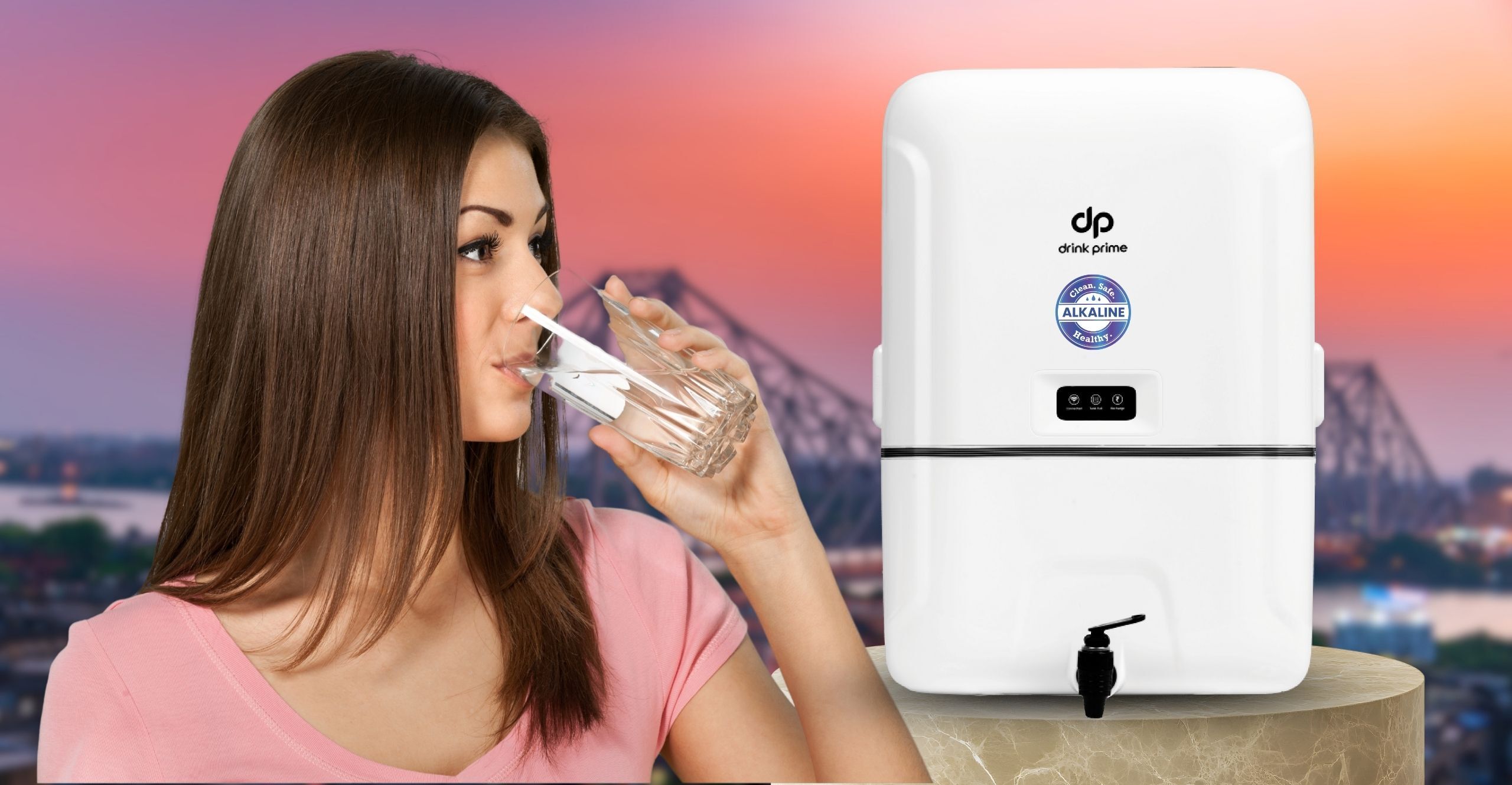Water is an essential resource that our daily lives depend heavily on. However, its quality can have a major impact on your health. One of the common yet often overlooked factors affecting drinking water quality is the presence of iron.
While iron is a vital mineral for our bodies, excess iron in water can lead to serious health issues in the long run. It can also cause an unpleasant metallic taste, stain clothes and fixtures, and clog plumbing systems.
In this blog, we will explore the effects of iron in water, its different forms, and methods to mitigate its impact for better water quality and overall health.
The effects of iron in water on human health
Although a low iron level in drinking water cannot harm your health, it may still carry bacteria. Excess iron in water leads to an overload, which can cause diabetes, hemochromatosis, stomach problems, and nausea. High iron in water can also damage the liver, pancreas, and heart.
Plus, most people don’t realise that excess iron in water also affects your skin. In excessive amounts, water containing minerals such as magnesium and iron can harm skin cells, causing infections, premature ageing, and wrinkles.
Excessive iron in drinking water also weakens your immune system, leaving you more susceptible to various health problems. Prolonged exposure to high iron levels may lead to chronic fatigue, joint pain, and other severe conditions. That’s why it’s essential to understand the impact of high iron content in your water.
Regular testing and purification are vital to protecting your health and ensuring your water remains 100% safe. Awareness and action can make all the difference in preventing these risks and maintaining your well-being.
How do you identify excess iron in water?
Identifying excess iron in water helps you address potential issues early. Three clear signs to watch out for are:
- Taste and smell
Water with excess iron in water often has a metallic taste and may carry a rotten egg smell. This makes drinking it less appealing and can affect the flavour of the food you prepare.
- Clogs
Excess iron in water can cause clogs in your pipes, reducing water flow and efficiency. This can also impact the quality of your drinking water, making it taste or smell unpleasant. Our DrinkPrime water purifiers remove excess iron to ensure you always get clean, fresh water.
- Colour changes
Noticeable discolouration is a crucial sign of too much iron in your water. Iron in your water could be causing reddish-brown stains in your laundry or a reddish tint in your tap water.
Additionally, understanding the health effects of too much iron in water is equally important. Elevated iron levels can lead to various health issues, including digestive problems and liver damage.
Iron removal techniques
When dealing with excess iron in water, here are eight effective methods to consider for managing too much iron in water:
- Reverse Osmosis (RO): One of the best ways, Reverse Osmosis (RO) effectively filters out iron from the water, ensuring a significant reduction in iron content.
- Catalytic filtration: A catalyst accelerates the oxidation process, which helps effectively remove iron.
- Oxidizing filters: Apply filters that use oxidising agents to convert dissolved iron into easily removed particles.
- Water softeners: Employ systems that replace iron ions with sodium ions, thereby reducing the iron concentration in the water.
- Iron removal filters: Use specialised filters that target and extract iron from the water
- Chemical oxidation: Chemicals such as chlorine or ozone transform dissolved iron into solid particles that can be filtered out.
- Phosphate addition: Introduce phosphates to prevent iron from forming precipitates and to improve the filtration process.
- Aeration systems: These introduce air into the water to oxidise iron, facilitating easier filtration.
Choosing any of these methods helps effectively manage too much iron in water and improve overall water quality.
Preventing excess iron in water
- Reverse Osmosis (RO) Filtration: Purifiers use a semi-permeable RO membrane to effectively remove dissolved iron, ensuring iron-free water. This is why getting an RO water purifier for your home is one of the best ways to ensure safe and iron-free water.
- Iron-specific filters: You can also buy water purifiers designed to target and remove iron particles from the water, preventing them from reaching your drinking supply.
- Oxidation process: Getting water purifiers that oxidise soluble iron into insoluble particles, which are then easily filtered out, reduces iron content in the water.
- Activated carbon filtration: Water purifiers with activated carbon filters can absorb any remaining iron particles, enhancing the water’s taste and overall quality.
- Multi-Stage filtration: Opt for water purifiers that combine filtration methods, including RO, activated carbon, and sediment filters, to remove iron and other contaminants comprehensively.
- Pre-Treatment with water softeners: Some water purifiers also include a water softener that exchanges iron ions with sodium or potassium ions before further purification, effectively reducing iron levels.
Why DrinkPrime?
At DrinkPrime, our advanced RO+UV water purifiers are specifically designed to remove excess iron in water, ensuring the water you drink is clean, safe, and healthy. With flexible subscription plans, FREE services, and superior customer support, we make it easy and affordable to protect your health.
Get 7 Days Risk Free Trial
Conclusion
Choosing the right method to remove excess iron from your water starts with understanding your water quality needs. An RO water purifier is an excellent choice for ensuring your drinking water is safe and iron-free.
The best part? You don’t have to purchase an expensive RO purifier anymore! With DrinkPrime, you can rent a high-quality RO water purifier and enjoy clean, safe water around the clock.
So, choose DrinkPrime to effectively tackle excess iron in water for better water quality and a healthier life!




